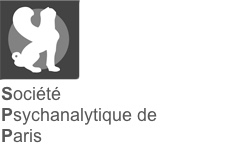|
Résumé :
|
While the prepuberty period is generally one of the more silent areas of analytic investigation, a particular group of cases is exceptional in the appearance in this period of fateful traumata which were part of the presenting picture of the neuroses when the patients came for treatment. These traumata were provoked by the victims, and were complusive repetitions of preoedipal conflicts influencing the intensity of the oedipal phase and subsequent severity and deformation of the superego. These conclusions are drawn from the analyses of four patients.
The combination of the increased thrust of activity of the prepuberty years with increased sadomasochism derived from pregenital phases and a strong masculine identification during latency favors the occurence of such traumata. There may, however, be a real element of fate as far as the child is concerned, which turns the significance of the experience one way or the other, depending upon the readiness to response of the person provoked or seduced to aggression. In all four cases the trauma involved experiences with adults : in three instances there were oedipal traumata, in one instance the re-enactment of a primal scene. The utilization of the traumata as a masochistic justification for a defense against sexuality was apparent and reinforced by its communication to others, and sometimes by its subsequent use for masochistic gratification. It is probable that the effect of the prepuberty trauma as a defense is dependent upon variable combinations of the degree of preoedipal sadomasochistic development combining with the severity of the later trauma, which is not wholly dependent upon the child herself. Trauma of an oedipal pattern are also more utilizable for defense than those occuring with other childern, since the guilt can be the more readily shifted to the adult, and the child's own investigation of the trauma, together with the earlier events which have produced the pressure of provocation, more readily concealed.
|




